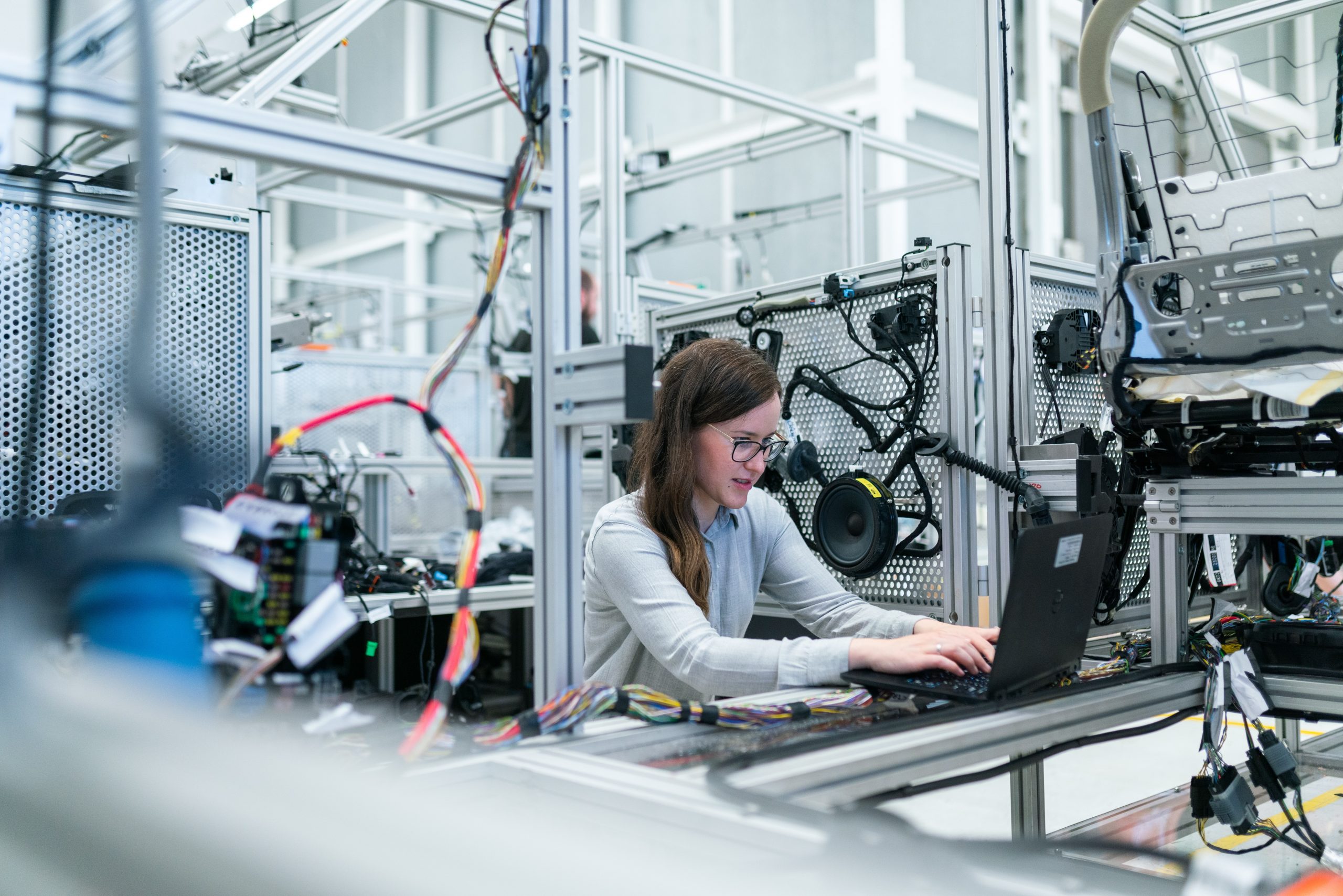
NOV 23, 2020 | BLOG
What happens when Manufacturing AI collides with the Theory of Constraints
Artificial Intelligence (AI) is bringing new thinking to old industries. With AI, work processes performed by humans are undergoing transformation. Ubiquitous, cheap connectivity and instrumentation from machines on the shop floor are enabling human tasks like production scheduling and routine maintenance to get done faster or more efficiently.
A lot of the investment in manufacturing AI focuses on automation and the elimination or streamlining of human tasks on the shop floor. One could infer that human capital is a constraint—so intensive is the effort to reduce or eliminate labor costs.
Similarly, there is a lot of investment focused on speeding up the machines. Here, one could infer that machine speed or factory utilization are the constraints to profitability.
Faster humans + faster machines = more profit. All is good, right? This is a ‘fail’ on the management paradigm of the Theory of Constraints (TOC). The TOC adopts the common idiom “a chain is no stronger than its weakest link”.
For most manufacturers, there is a bigger constraint. It is the mix of customer and product orders placed on the shop floor. The product and customer mix are the constraint. When manufacturers optimize their product and customer mix, the shop floor can vastly increase productivity. ‘Mix’ not only matters, but it drives everything. Human and machine productivity are derivative outcomes. Mix is the constraint.
Isn’t the promise of Industry 4.0 to deliver the so-called smart factory? How does one measure ‘smart’? We believe that factories which continuously increase the profit/hour generated by the totality of the machine and labor investment is the ultimate measure of the ‘smart factory’. But how do you know if your factory is getting ‘smarter’ (remember, ‘smart’ means faster profit generation, not machine speed) if most of the investment in AI is focused on human or machine productivity?
Inefficiencies in traditional factories resulted in billions of dollars lost every year, which caused problems within companies that were behind the curve. They found it difficult to compete with those companies that had adopted the smart factory development. With the massive amount of data flowing in, machine-learning is used to understand difficult-to-interpret data sets. Artificial intelligence can identify the once before unforeseen issues like machine failure and stop it right at the source.
Most companies are already sitting on the data required to optimize their mix. The finance and invoice data exists because of prior investments in finance and invoice ERP systems. With the emergence of Lean Manufacturing and the related investments in shop floor systems, most companies can pinpoint the critical rate-of-production data required to measure the speed of discrete product production (units/hour). Yet most companies are unable to leap the chasm to connect their commerce and shop floor systems to accurately manage and measure their mix.
While AI can identify the once before unforeseen issues like machine failure and stop it right at the source, understanding how to generate money per unit of time on the machine is the Holy Grail.
Manufacturers need to connect the invoice and finance data that is readily available in their finance and invoice systems to the actual rate of manufacturing on the shop floor to provide a precise view of asset utilization based on profit per hour. This is the ‘killer app’ that tells the asset managers (production team) and the asset owners (general management and the stakeholders) how fast they are making money. By connecting the finance and production systems, companies gain the manufacturing intelligence to know not whether or not the factory is being utilized, but how effectively it’s being utilized in terms of the actual profit being generated each hour of each day.
This new manufacturing revolution is a perfect fit to apply the use of artificial intelligence. Even though we’re still in the early stages of the Industry 4.0 revolution, the footprint made from AI in large manufacturing is forever left. Not only has it left its mark, but it will continue to grow as it adapts to this ever-changing industry.
The Profit Velocity eBook on how to uncover hidden profits in manufacturing with time-based analytics goes in-depth on how to make sure you are fully utilizing your smart factory 24/7. Next week’s blog on the SKU Rationalization will discuss the decision-making process to determine if certain products should be kept or tossed in order to reduce costs and cut down on production.